Having studied in the UK some years ago, I've touched on bits of the avifauna of the country. Around the Somerset Levels where my school was situated, I had some good runs with various rarities and good birds that turn up in the area, including Pectoral Sandpiper, Red-footed Falcon, Bonaparte's Gull, Great Northern Diver and Grey Phalarope etc. The problem being I didn't have a car then, therefore getting to various birding spots was not an easy task. I relied heavily on other people driving me or dropping me off along the way, this made my choice of birding spots relatively limited. John Hansford whom I met through the Somerset Ornithological Society was kind enough to show me around some of his local patch back in the day, and helped added many species onto my UK list, including Northern Goshawk and Dippers!
John visited me in Hong Kong on a few occasions throughout the years, where I was able to show him some highly sought after species during his short stay in Hong Kong. I've wanted to do some serious birding in the UK for a while, and the chance finally came about when Hoiling and I decided it was about time we visited my family in London for the first time since Covid, where we will spare a few days birding with John. Here's what John wrote to me:
"Back in Dec 2019 I had probably the best 3 days of birdwatching I had ever experienced whilst visiting Matthew in Hong Kong. We saw some incredible birds such as Japanese Night Heron, Black Stork and Japanese Robin. Our conversation occasionally turned to what birds we could look for whenever Matthew was next able to visit the UK.
No sooner had I moved onto mainland China I was made redundant and the implementation of Covid restrictions soon meant we had no idea when we might meet again either in Hong Kong or the UK!
Fast forwards to May 2023 and at last we could have the pleasure of birding together. After all the magnificent Birds I had been shown in Hong Kong I needed to plan some birding that would tick a few boxes. These included not just seeing Birds, several of which would be lifers, but seeing them well and hopefully affording photo opportunities. A variety of habitats would also allow the chance to enjoy different types of birding experiences. After much time spent weighing up the options we agreed that Day 1 would be a day of Somerset Birding. Day 2 was going to be a long journey to Skomer Island for Sea Birds (Puffins and Choughs!). Day 3 was to be a local Birding day with the emphasis on seeing and photographing Owls. The Owl Day would also give us the chance to see conservation work in action. My top targets to show Matthew and his family on each Day were Day 1; Dartford Warbler and Pied Flycatcher. Day 2; Chough and Puffins. Day 3: Barn Owl, Tawny Owl, Little Owl and Dipper. Fingers crossed for the Good weather and co-operative Birds!"
With that, I knew we were set for a pretty good few days of birding. Whereas my dad also wanted to show me around a few nature reserves in Norfolk where he's been spending a bit of time lately.
10th May -
Our flight landed at Heathrow early in the morning, the flight is now 14 and a half hours instead of 12 and a half having to avoid flying into Russia and Ukraine. As soon as we met my parents we drove straight towards Norfolk. Both of us caught a cold before we left Hong Kong, making our journey just a bit more uncomfortable than it usually would. The drive up was not particularly eventful, it took us over 3 hours to get to Hunstanton, though we did arrive in glorious weather.
After unpacking we decided to do some late morning birding before lunch. Our first stop was Hunstanton Cliffs, where we made a stop to look at nesting Fulmars. Here, we saw at least a dozen pairs of Fulmars, some sitting on the cliff, some flying around.
 |
| Northern Fulmar |
There wasn't that many other birds to be seen, the only birds of interest at the bottom of the cliffs were a flock of Ruddy Turnstones, feeding on the exposed rocks. With Wood Pigeons and Blackbirds both added to my photo list we moved on.
 |
| Ruddy Turnstone |
 |
| Common Wood Pigeon |
 |
| Eurasian Blackbird |
Our next stop was RSPB Titchwell Marsh, this is one of the many nature reserves situated on the north coast of Norfolk. Upon arrival at the car park I had my first Blue Tit of the trip. A little further on we added Common Reed Bunting as well as numerous Greylag Geese, many with goslings.
 |
| Blue Tit |
 |
| Common Reed Bunting - male |
 |
| Greylag Goose |
Pied Avocets were plentiful here, and funnily enough this was the first time I've ever seen an Avocet in the UK! Mallards were of course the most common duck species in the UK, although we don't see them that often in Hong Kong, a confiding male Gadwall caught my eye, a species that is truly under-rated in every way!
 |
| Pied Avocet |
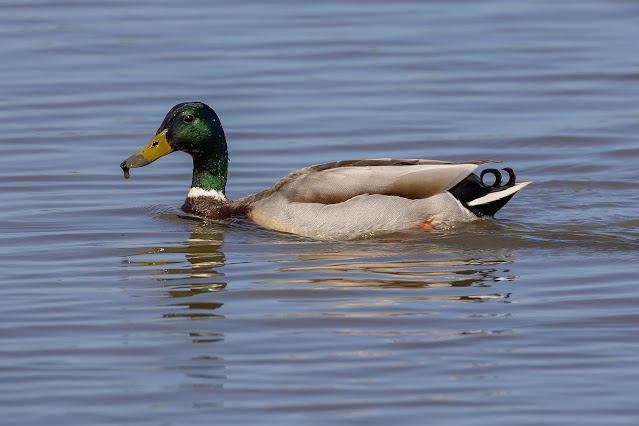 |
| Mallard |
 |
| Gadwall |
Up above a Red Kite soared over, a species that I only see occasionally back when I was still studying in the UK, their numbers have evidently increased since I last visited. I was quite excited when I saw the first Western Marsh Harrier of the trip, as this was a lifer for me! It turns out they were quite numerous in this part of the country.
 |
| Red Kite |
 |
| Western Marsh Harrier |
Around the dunes we added Meadow Pipits as well as numerous Linnets. A few Common Terns made acrobatic displays along the footpath. A distant immature Little Gull made its way around the reserve a few times but was way too far to photograph.
 |
| Meadow Pipit |
 |
| Linnet |
 |
| Common Tern |
Reed and Sedge Warblers both called from the reed beds, however none wanted to show. I even managed a quick glimpse at a male Bearded Tit! However, it was way too far and too quick for a photo, still that counted as a lifer for me. All the frustrations were soon forgotten when we saw a pair of Water Voles, swimming around like miniature beavers!
 |
| Water Vole |
Just outside the cafe and shop at Titchwell, a friendly Robin came to the picnic tables, while various finches visited the bird feeders, including a male Chaffinch, Goldfinches as well as Greenfinches.
 |
| European Robin |
 |
| Common Chaffinch |
 |
| European Goldfinch |
 |
| European Greenfinch |
Before the day ended I took a stroll to Hunstanton Beach, there I added a flock of Brent Geese flying through as well as a few Black Scoter sitting far out at sea.
 |
| Brent Geese |
11th May -
My dad and I decided to give Snettisham a try in the morning, this RSPB reserve is famous for its wader spectacle during the winter months, the tide was not quite high enough to push the waders in during my visit, however we still decided to give it a shot. The morning started well with a close encounter with a pair of Grey Partridge on the side of the road! Later on we saw two more feeding on a field of blue bells, on the same field we added Red-legged Partridge. A few Brown Hares were also present.
 |
| Grey Partridge |
 |
| Red-legged Partridge |
 |
| Brown Hare |
The entrance footpath went through some thickets, here we added some smaller birds, such as Chiffchaffs and Common Whitethroats. A few Sedge Warbler showed briefly, while Cetti's Warblers were plentiful but none of them perch long enough for a photo. A few Eurasian Wrens sang loudly from their perch, allowing excellent views.
 |
| Chiffchaff |
 |
| Common Whitethroat |
 |
| Sedge Warbler |
 |
| Eurasian Wren |
Linnets were very common around here, while European Rabbits were everywhere. Along the pebble beach there were nesting Oystercatchers, several Common Shelducks were also present.
 |
| Linnet |
 |
| European Rabbit |
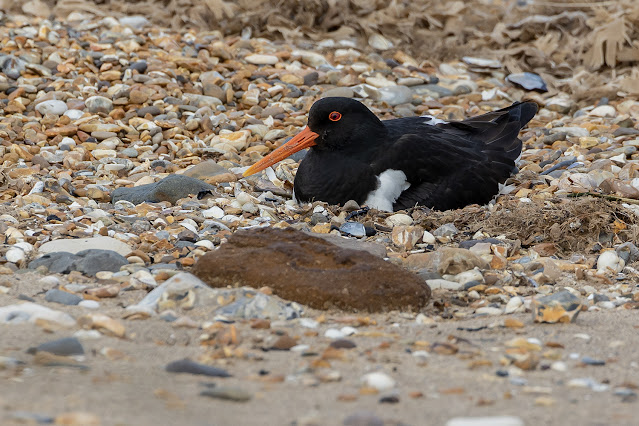 |
| Eurasian Oystercatcher |
 |
| Common Shelduck |
Along the lagoons and meadows were numerous Canada Geese as well as Greylag Geese. I was quite happy to find a few Barnacle Geese amongst the many Greylags, this very handsome species is mainly a wintering species in the UK, with some breeding in the country. A few Egyptian Geese were also present on the lagoon.
 |
| Canada Goose |
 |
| Greylag Goose |
 |
| Barnacle Goose |
 |
| Egyptian Goose |
We visited the main bird hide on the lagoon, it was arguably one of the best bird hide I have ever been in, the windows were very well designed and the slits near the bottom allow you to put your lens through with ease. On the island in the middle of the lagoon was a Black-headed Gull colony, a few Common Terns also rested on those islands.
 |
| Black-headed Gull |
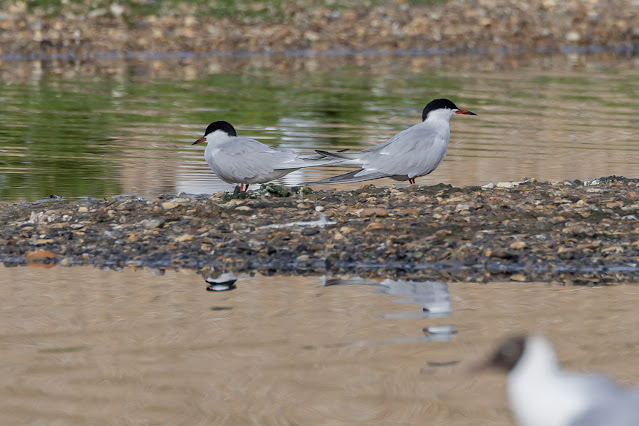 |
| Common Tern |
Further on, we added numerous singing Eurasian Skylarks, their aerial displays is always a spectacle in its own right. A single Northern Wheatear was the only one we had for the morning. A handsome male Common Reed Bunting showed well.
 |
| Eurasian Skylark |
 |
| Northern Wheatear |
 |
| Common Reed Bunting - male |
My dad found a Barn Owl drifting across, it did perch briefly in the distance before we flushed it later on and it flew off into the distance after catching a mice in the field.
 |
| Barn Owl |
By mid-morning the tide came in slightly, revealing numerous waders on the mudflat. While they were still very far away, we were able to pickup a few birds, including Grey Plovers, Dunlins, Sanderlings and Eurasian Curlews. A large flock of Oystercatchers and Bar-tailed Godwits were slightly closer. A few Common Ringed Plovers were nearby, while a small flock of Brent Geese were seen feeding by the water on the mudflat.
 |
| Various waders on the mudflat |
 |
| Bar-tailed Godwits & Eurasian Oystercatchers |
 |
| Common Ringed Plover |
 |
| Brent Goose |
We met up with Hoiling and my mum for lunch before heading towards Holme Dunes National Nature Reserve, there were less birds here than Titchwell, but we still found a Western Marsh Harrier flying around. A few Mute Swans swam close to the bird hide, while we spotted a Chinese Water Deer feeding on the grass. The distinctive and familiar song of the Common Cuckoo echoed throughout the reserve.
 |
| Western Marsh Harrier |
 |
| Mute Swan |
 |
| Chinese Water Deer |
A short walk from the dunes to the beach produced numerous Linnets, whereas Common Pheasants casually strolled the area. On the beach there wasn't any waders, but a few Sandwich Terns as well as a Little Tern did drifted past.
 |
| Linnet |
 |
| Common Pheasant |
 |
| Sandwich Tern |
There were noticeably quite a few butterflies around the reserve, including Wall (Lasiommata megera), Small Heath (Coenonympha pamphilus) and Peacock (Aglais io).
 |
| Wall - Lasiommata megera |
 |
| Small Heath - Coenonympha pamphilus |
 |
| Peacock - Aglais io |
By the time we got to Cley Marsh Nature Reserve later in the afternoon I wasn't feeling particularly well, so we didn't really walk around much. Only a pair of relatively close Brent Geese were interesting enough to get me out of the car for a photo.
 |
| Brent Goose |
12th May -
We took a casual stroll along the beach in the morning before departing Hunstanton. It was cold and windy, although the birds didn't seem to mind. A few Sanderlings were found feeding on the shore, now already assuming breeding plumage. The Ruddy Turnstones were withstanding strong wind while getting soaked in waves crashing onto the groynes.
 |
| Sanderling |
 |
| Ruddy Turnstone |
For the afternoon Hoiling booked us a foraging course at Huntingdon, where it was cold and wet. The course was interesting enough to keep us going being outdoors for 3 straight hours! The rain subsided afterwards, a quick stroll around the area didn't produce much except for some common species, although a few confiding Stock Doves were a nice addition.
 |
| European Robin |
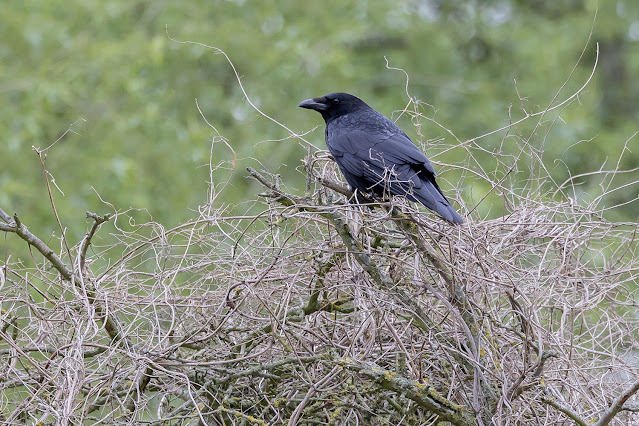 |
| Carrion Crow |
 |
| Stock Dove |
13th May -
Birding never stops, not even when you are in London! A quick morning stroll along the old docklands produced a few confiding Tufted Ducks and Great Crested Grebes.
 |
| Tufted Duck |
 |
| Great Crested Grebe |
While in an urban park there were still birds to be found, other than friendly European Robins, Blackcaps and Dunnocks were all easy to find here.
 |
| European Robin |
 |
| Eurasian Blackcap - male |
 |
| Dunnock |
Eurasian Magpies were of course forever present in parks. There were many bird boxes put up to attract nesting birds, and they seemed to be quite successful, with many boxes occupied by Blue and Great Tits. The best bird in the morning was a Great Spotted Woodpecker allowing prolonged views.
 |
| Eurasian Magpie |
 |
| Blue Tit |
 |
| Great Tit |
 |
| Great Spotted Woodpecker |
After that it was a few days of family time before we moved on towards Somerset, where we will be staying a few days to visit friends as well as doing some birding with John.



































































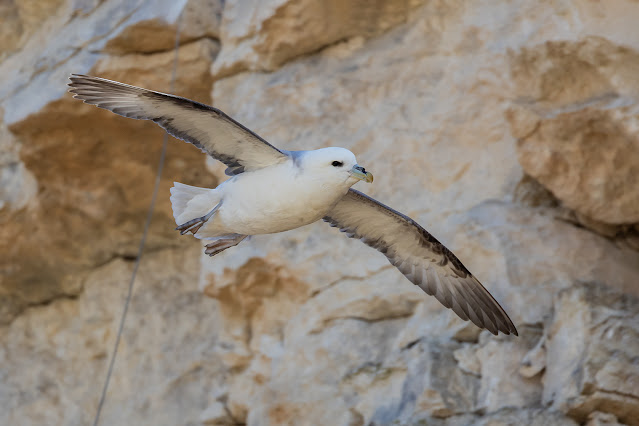



































No comments:
Post a Comment